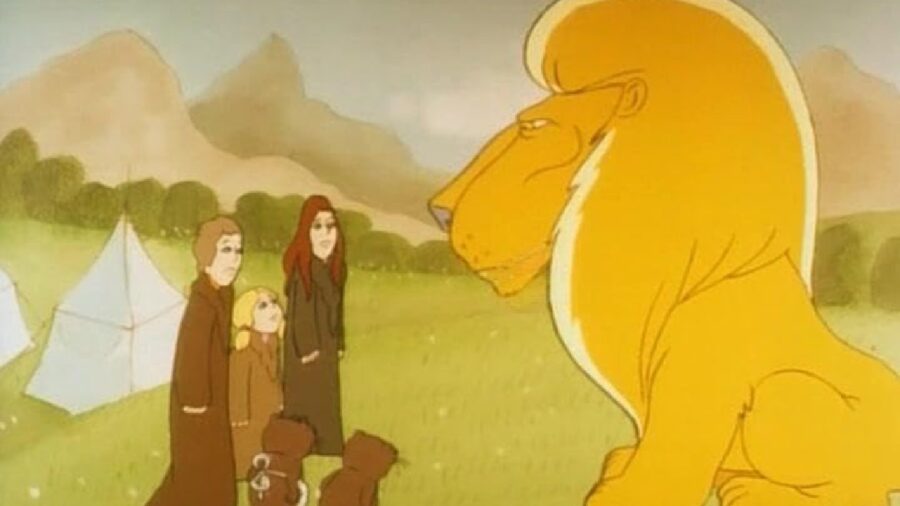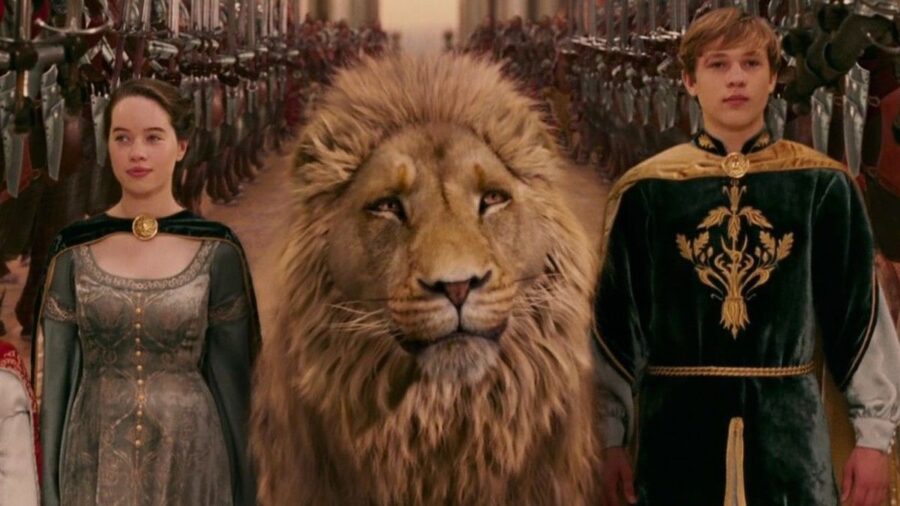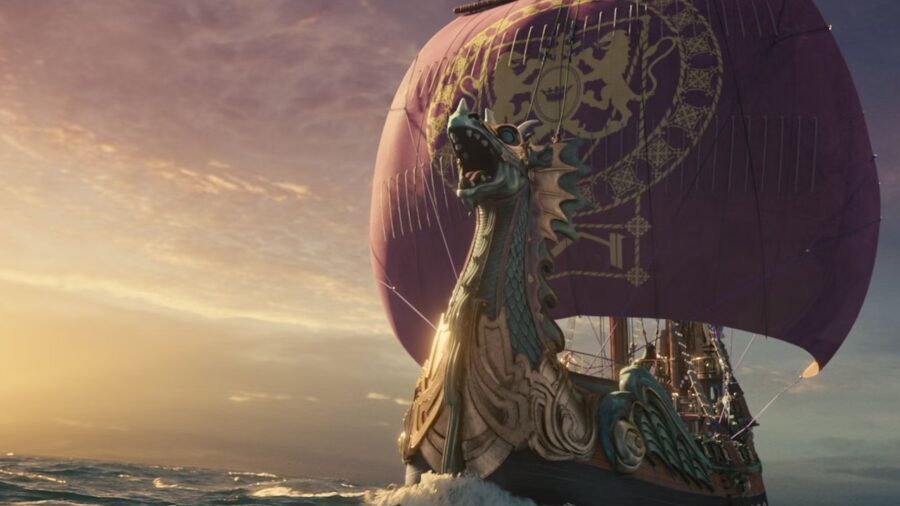One Fantasy Franchise Is Impossible For Hollywood To Get Right

It is so difficult to adjust that some routines have been erased from history.
Posted by Jonathan Klotz | Published
The Chronicles of Narnia by CS Lewis is one of the most influential thinkers of the 20th century, influencing works from Harry Potter to Months and countless others that have been built on the tropes he is famous for. 70 years ago, following the publication of The Lion, the Witch, and the Wardrobethere have been attempts to adapt the series as television films and feature films, with diminishing returns.
Barbie director Greta Gerwig is working on the latest version for Netflix, the first studio to license all seven novels, so they will be the first to break the curse and find success? Or will the next adaptation suffer the same fate as the previous one?
Bringing together books The Chronicles of Narnia in life is a tough challenge, and the first three followed the same characters before devolving wildly into side stories and a prequel. At the same time, the Christian story that informs the world of dreams is a difficult tone to adjust without leaning too much on it or falling back and losing the meaning that CS Lewis put into his stories. Due to this lack of a direct narrative throughout the seven novels, it is difficult to keep the audience interested, and why, to this day, no one has experienced the back part of the series.
The Original Narnia Adaptations

The first adaptation of Narnia came in 1967, taking 10 episodes to tell the story of the original novel. Today, it is lost, and no complete versions are known to exist. The second rehearsal was much better, and in fact, record-breaking.
In 1979, CBS went on the air The Lion, the Witch, and the Wardrobe as a two-part television movie, it became the first animated television movie in history and won an Emmy in the process. It was my introduction to the world of Narnia; even if Aslan’s sequence and adventure scared me at the time, it made me curious about other books. Sadly, CBS, despite the smart, clever choice of using animation, didn’t touch the rest of The Chronicles of Narnia.
Almost ten years later, the BBC took a crack at The Chronicles of Narnia as a live-action series that was critically acclaimed and incredibly successful, but there was a catch. Now, the second and third book, Prince Caspian again Morning Step Tourthey were combined into one six-episode season, which did wonders for breaking the bloat and increasing the flow of stories. The BBC went on to adapt the fourth book, The Silver Chairthey stood still for the rest of the series, as that was all they had rights to. Then again, no one on the network seems to be fighting that hard for the remaining novels.
Disney is trying Narnia

CS Lewis may have been a talented writer, but he took his time getting to the point, and it is then, in the second and third novels, that most of the audience begins to lose interest in the world of Narnia. This is the problem that Disney faced when, in 2005, for the first time, the Chronicles of Narnia went to Hollywood with a big budget adaptation that included Liam Neeson as the voice of Aslan the Lion. The first movie, The Lion, the Witch, and the Wardrobeit was a hit, and, in 2005, it was Disney’s biggest film opening ever at $105 million, but that momentum quickly faded.
Prince Caspian, with returning stars of the original, it was going to be bigger and more action-packed than the first film, and Disney even added a Prince Caspian meet and greet at the Hollywood Studios theme park. It is surprising that the film was released between two big releases, The Man of Steel again Indiana Jones and the Kingdom of the Crystal Skullboth are Disney films. It made money for the studio, but less than the original, the continuation of the Chronicles of Narnia audience trend ends as the story of the Pevensie children gets less screen time.
Because Morning Step TourDisney decided to retreat and did not produce, and Fox came in (which is mysterious, which means that after buying the studio, all three are Disney properties), and earned $ 415 million worldwide in 2010, which is not bad. , and it was enough to be Fox’s top movie of the year, but the signs of audience disinterest were there, as it only made $100 million domestically, lagging behind the first two films. Nephew of the Moonthe story of the creation of Narnia, was announced as the next film, but the rights expired, and the estate of CS Lewis had to find a new studio, which killed the project.
Why Narnia Is Hollywood’s Impossible Challenge

The nature of the Chronicles of Narnia as a Christian myth wrapped in high fantasy puts it in a unique position that should, on paper, translate to mass appeal. The problem with the loose narrative of the franchise is that the allegory fades in and out as the series progresses before it becomes “in your face” The Last Battleincluding a fake Aslan as a representative of the Anti-Christ to attract the masses. But to get there, Christian families are left behind because of previous books, so in the end, everyone’s appeal appeals to no one.
I want Greta Gerwig and Netflix to succeed, if only so I can finally see Nephew of the Moon adapted to live action. If any company can release a complete series, it’s Netflix, which doesn’t need box office numbers, just eyeballs curious about the streaming service that so many people already subscribe to.
The Chronicles of Narnia is one of the best scores yet to be completely adapted, next to Lloyd Alexander’s Prydain Chronicles. In the world where we find Harry Potter, again, it can be refreshing something new and different.
And, given how Netflix likes to cancel shows after Season 3, we might get the first Chronicles of Narnia books, too, and nothing else.
Source link



![Married At First Sight: David Trimble Downs Tequila After Michelle Locks Him Out – Recap [S18E05] Married At First Sight: David Trimble Downs Tequila After Michelle Locks Him Out – Recap [S18E05]](https://i0.wp.com/eadn-wc01-4272485.nxedge.io/wp-content/uploads/2024/11/married-at-first-sight-david-trimble-4579.jpg?w=390&resize=390,220&ssl=1)